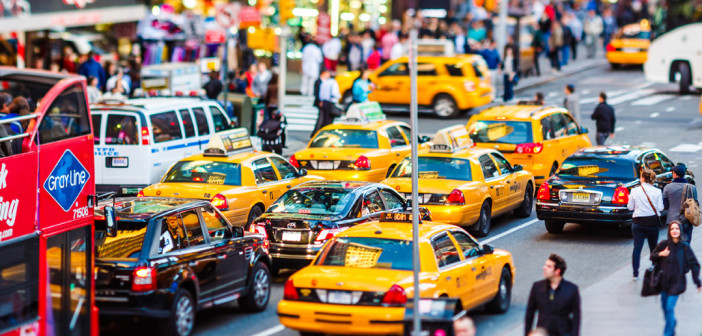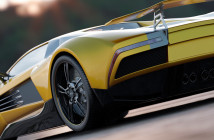By Nick Black, CEO at Apadmi
It feels like the Internet of Things (IoT) is becoming an unavoidable buzz phrase, but is the hype actually justified? Technology is transforming the world and the way we live our lives at an unprecedented pace. People rarely leave the house these days without a device in their back pocket that’s more powerful than a desktop computer, while the development of augmented and virtual reality is transporting us into new dimensions. And now IoT is promising to make society more interconnected than ever before.
IoT is arguably the development that could be truly revolutionary. The reality could soon be that all the devices, appliances and ‘big ticket’ items we use in our lives will connect and work seamlessly together. In fact, by as soon as 2020, it is estimated that there will be 34 billion devices connected to the internet, made up of 24 billion smartphones and tablets and 10 billion wearable devices [BI Intelligence 2016]. IBM predicts that by the same year, there will be 470 million IoT units in homes around the world, including smart appliances, home systems like Hive and intelligent personal assistants like Amazon’s Alexa.
Smart homes and cities
One area where IoT is already having a considerable impact is around the home, and we’re now seeing a rise in the number of home devices becoming available. For instance, more of us are starting to adopt systems that enable us to control our heating systems from our phones, and as a result, are starting to save money and become more energy efficient.
And the competition to get ahead in the IoT race is hotting up between some of the huge tech giants; Google is on the cusp of launching its rival to Amazon Echo, Google Home, a voice activated appliance that connects to other devices, plays music and answers questions. With such realistic price points, we could see IoT become as prolific as laptops and games consoles.
Alongside IoT benefiting our individual lives and helping around the home, it’s also being introduced into our wider environments and surroundings. Some governments are currently focussing on initiatives to increase citizens’ quality of life, while at the same time reducing their own costs. Many of them see connected cities and smart homes as the key to striking this balance, and IoT has already been pegged as the route to making these improvements.
So, how does this work in practice? Taking the example of healthcare; IoT can help provide people with a lot more data from their own home, and then connect smart devices to help interpret that data to provide meaningful results. For example, a smart mirror could check key health metrics on a daily basis through biometric sensors to help track and monitor an illness. Results could then be checked online through a reliable and trusted medical source and then a corrective action or remedy recommended. This whole process could save unnecessary trips to the doctor or hospital, helping save time and reduce anxiety for the patient. It could also save the NHS millions of pounds as they’re no longer spending time reviewing issues that do not require medical practitioner prescribed medication, and can focus their efforts where they are genuinely needed.
Automated transport
Another area that IoT has the potential to overhaul is transport. Over recent decades, autonomous vehicles have gone from being the stuff of science fiction to a realistic proposition. Tesla has even gone as far as predicting that all new cars will be driverless in two years’ time. While this feels like an ambitious estimate, it’s becoming increasingly likely that driverless cars will shape the future of our roads, our safety and the automobile industry. With the likes of Google, Apple, Tesla, Ford and Uber already investing heavily in this technology, we are moving ever closer to driverless vehicles becoming mainstream.
Beyond cars, the introduction of driverless trucks could revolutionise supply chain and distribution models across the world. Automated trucks would not be restricted to the same safe working hours that humans are and they could operate 24 hours per day, or at off-peak times. This could provide an incentive to help free up road capacity during the daytime. All automated trucks would almost certainly be connected to manufacturing and distribution hubs to ensure that supply chain and manufacturing models are operating as efficiently as possible, helping to reduce costs and their environmental footprints.
In a world where everything is becoming more interconnected, there’s little doubt that our environment will continue to evolve. I believe we’ve only just scratched the surface of the possibilities IoT presents. While adoption rates still have some way to go, ultimately we can look forward to living enriched, safer and more environmentally sustainable lives.
Apadmi is a mobile applications and solutions developer and ranks within the top 10 app developers globally.





